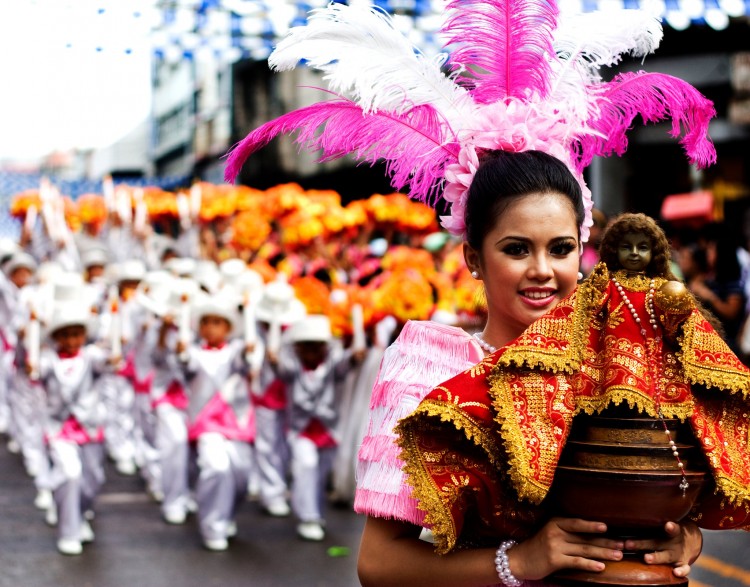Living In Cebu

The Backpacker’s Guide to Living In Cebu
Cebu Island is located in the Visayas Region in the Philippines. It’s strategically located in Central Philippines and can be used as a starting point should you wish to explore the surrounding islands. The Island has an international airport that has direct flights to Hong Kong and Singapore, and domestic flights to almost (if not all) all domestic airports in the Country. There’s also daily trips should you wish to travel by boat to other islands in the Visayas and Mindanao. So if you want to explore and visit the Philippines, we highly suggest that you start your itinerary in Cebu!
Cebu is subdivided into 6 component cities and 47 municipalities. With its 6 cities; Cebu, Mandaue, Lapu-Lapu, Danao, Toledo and Talisay; and its 47 smaller towns, Cebu has more than kept pace with the nation’s progress. Recent indications pointed out that Cebu has become the country’s favorite tourist destination. With superb destinations, affordable and competitive rates offered by local business establishments, and a lot of activity/recreation choices, there’s no wonder why Cebu’s attraction made it the Philippines’ premier tourist destination.
In contrast to the bustling metropolis, the rest of Cebu’s 167 islets and islands are lined with idyllic white sandy beaches and pristine clear waters. The province has gained wide popularity for fantastic diving grounds evidenced by the proliferation of resorts which offer luxurious accommodations. Cebu’s strategic location makes it ideal for those who wish to travel to the other islands and provinces by plain, boat or bus. No place could be too far from Cebu!
As the oldest city in the Philippines, its past is also firmly entrenched in the annals of the Spanish conquest. You can retrace the province’ Hispanic history with a handful of historical remnants such as the Magellan’s cross and the Basilica Minore del Santo Niño.
The sightseeing options at Cebu are absolutely endless.
Cebu is located in Central Visayas (Region 7) and the center of Philippine archipelago with a total land area of 5,000 square kilometers. It is composed of several islands including Sumilon Island, Mactan Islands, Olango Island, Camotes Islands, Malapascua Island, and Bantayan Islands. Some of the hundreds of islands surrounding Cebu are uninhabited.
Pristine beaches, coral atolls, laudable diving spots, rich fishing grounds and famous islands surround and embody Cebu. Its central location, is proximity to unusually exotic tourist destination, ready access to a diversity of plant, animal and geological wonders within the island, and remoteness from earthquake and typhoon activity are some of the special attributes which help maintain Cebu as one of the Country’s top tourist destination year long.
Cebu has an abundance of beauty. From the central mountains to the coral sands, the Island is a natural wonder. Most of the archipelago’s 8,120 species of flowering plants can be found in Cebu. 5,832 are unique to the country. Birds migrating from Russia stop en route to Australia at the Olango Bird Sanctuary.
When to Travel (Tourist Season)
The Off-peak Season is when the winds change and there’s more rain than usual. This means fewer tourists, but better prices on accommodations, and other lower prices. The off-peak season begins in May, and ends in October.
During High-peak Season, the winds come from the other side of the island, and White Beach is protected. The wind blows out to sea, leaving the beach pristinely clean and generally calm. High-peak Season starts in October and ends in May.
The height of the High-Peak Season are Christmas, New Year, Chinese New Year, Holy Week (Easter Week), and the famed annual Sinulog Festival every January. Some resorts have a +10% to +25% premium on their rooms, and the island gets fully booked. Make sure you book as far in advance as possible.
